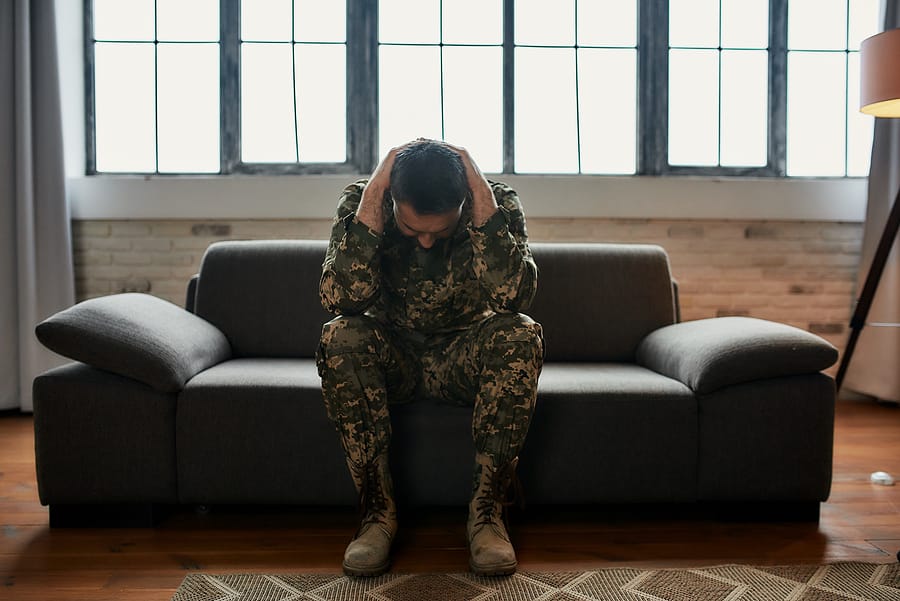Why Some People Develop PTSD When Others Don’t
Within the trauma therapy and PTSD treatment world, we often say that PTSD is a process of non-recovery. Why? Because after any traumatic event—either big or small, the symptoms one experiences are very natural, and they often dissipate. However, there is one critical component that distinguishes why some people go on to recovery, while others develop PTSD. That factor is avoidance.
The analogy I often tell my patients, and family members of those who have experienced trauma, is to think on a small level about what happens after a car accident. Presumably, we have all been in a collision, even if it was only a fender bender. What happens? You’re often a bit jittery and shaken up. Perhaps you replay the accident in your mind that night, or for the next few days or weeks, depending on the severity. Do you start asking yourself questions and perhaps questioning your perspective? For example, “Why didn’t I see him coming up behind me?” Does the accident change your perspective to some extent on other drivers, or even your own driving ability? Do you find that you blame yourself for what happened?
All of these questions and experiences are natural. However, I would imagine that after a period of time the questions subsided, the feelings waned, and you just went along continuing to live your life.
But what do you think would happen if you never got back in the car after the accident? Do you think it would make those thoughts and beliefs worse, or better?
Worse.
The Problem with Avoidance
Avoidance is the key ingredient that distinguishes between people who go on to develop PTSD, and people who don’t. If you never get back in the car, it will only exacerbate your fear of driving. It will heighten your sense of blame, and likely make you that much more hypervigilant the next time you do get back in the car.
Don’t get me wrong. Avoidance is natural, especially if you magnify the damage of the “accident” by 10000. Who wants to experience pain? Who wants to deal with the reality of the situation? The reality is there is a lot of pain, and avoidance is a natural step.
The problem arises when that avoidance grows and festers, and, little by little, it infiltrates all areas in your life. It becomes harder to do certain things, or talk to certain people. Socializing and connecting become unbearable.
The Goal of Trauma Therapy
Avoidance can come in two different forms. It can come in the form of avoiding people, places, and things, and it can come in the form of avoiding emotional experiences, or emotional triggers that remind you of the trauma.
The goal of trauma therapy is to begin to slowly and methodically expose you to the trauma in its various forms. And, to bring it back to the accident analogy earlier, it’s about learning how to get in the car again. Just look inside the car. Then maybe take it out of the garage. Then maybe drive it around the block, and so on, until it feels natural again.
Schedule a Free Trauma Therapy Consultation
It takes time, patience, and willingness to sit through some discomfort, but with the right therapist, it’s possible. At COPE, we pride ourselves on being able to create that safe space and offer specialized trauma therapy. We offer Cognitive Processing Therapy (CPT) and Prolonged Exposure (PE). Although both are effective at treating PTSD and show improvements in various areas (Jeffreys et al., 2014), the way they go about targeting PTSD symptoms is slightly different. Whereas CPT focuses on the changes in mood/behavior that result from the trauma, PE focuses a bit more on the avoidance symptoms that came as a result of the trauma.
If you are interested in learning more about either treatment, or how they can work for you, please reach out to our staff for a free consultation to see how we can help. You can call our office at 310-453-8788.

